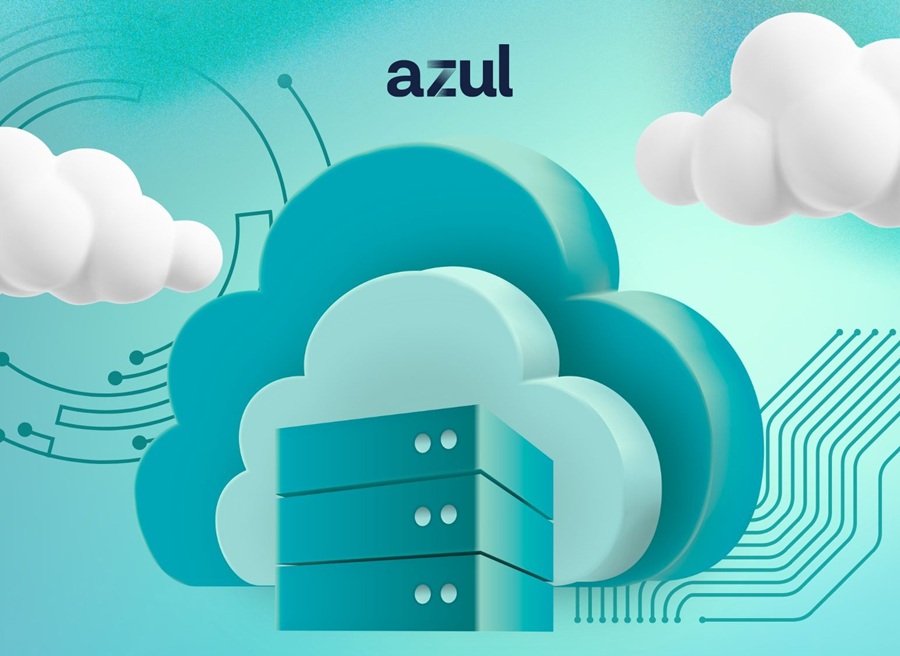Pepperdata announced managed autoscaling in the cloud with Pepperdata Capacity Optimizer version 6.3.
While autoscaling provides the elasticity customers demand for their big data workloads, it can lead to runaway costs. Capacity Optimizer intelligently augments autoscaling to ensure all nodes are fully utilized before additional nodes are created, eliminating waste and reducing costs.
Cloud providers provision infrastructure based on the peak needs of workloads. This guarantees the maximums are met, but there’s a lot of waste inherent in the current method of provisioning. Capacity Optimizer makes thousands of decisions per second, analyzing the resource usage of each node in real time to optimize the utilization of CPU, memory and I/O resources on big data clusters. The net effect is that horizontal scaling is optimized and waste is eliminated.
Pepperdata provides automated deployment options for customers that can seamlessly be added to EMR, Dataproc and Qubole deployments.
In addition to automatically tuning your cloud deployment for optimal performance, Pepperdata helps:
- Reduce troubleshooting time by 90% by leveraging targeted performance insights
- Tune application resources for peak efficiency with prescriptive recommendations
- Automatically detect and alert on bottlenecks that impact SLAs
Even with the best cloud migration strategy and dedicated attempts to curb costs, the cloud makes managing resources more difficult,” says Ash Munshi, CEO Pepperdata. “But, by leveraging machine learning and managing infrastructure in real time, IT operations teams automatically recapture wasted capacity and significantly reduce their costs.”
Pepperdata Capacity Optimizer with managed autoscaling is available in July as a supported beta release for companies looking for early access, with free updates provided. The general availability release is due in September 2020.
The Latest
Overall outage frequency and the general level of reported severity continue to decline, according to the Outage Analysis 2025 from Uptime Institute. However, cyber security incidents are on the rise and often have severe, lasting impacts ...
In March, New Relic published the State of Observability for Media and Entertainment Report to share insights, data, and analysis into the adoption and business value of observability across the media and entertainment industry. Here are six key takeaways from the report ...
Regardless of their scale, business decisions often take time, effort, and a lot of back-and-forth discussion to reach any sort of actionable conclusion ... Any means of streamlining this process and getting from complex problems to optimal solutions more efficiently and reliably is key. How can organizations optimize their decision-making to save time and reduce excess effort from those involved? ...
As enterprises accelerate their cloud adoption strategies, CIOs are routinely exceeding their cloud budgets — a concern that's about to face additional pressure from an unexpected direction: uncertainty over semiconductor tariffs. The CIO Cloud Trends Survey & Report from Azul reveals the extent continued cloud investment despite cost overruns, and how organizations are attempting to bring spending under control ...

According to Auvik's 2025 IT Trends Report, 60% of IT professionals feel at least moderately burned out on the job, with 43% stating that their workload is contributing to work stress. At the same time, many IT professionals are naming AI and machine learning as key areas they'd most like to upskill ...
Businesses that face downtime or outages risk financial and reputational damage, as well as reducing partner, shareholder, and customer trust. One of the major challenges that enterprises face is implementing a robust business continuity plan. What's the solution? The answer may lie in disaster recovery tactics such as truly immutable storage and regular disaster recovery testing ...
IT spending is expected to jump nearly 10% in 2025, and organizations are now facing pressure to manage costs without slowing down critical functions like observability. To meet the challenge, leaders are turning to smarter, more cost effective business strategies. Enter stage right: OpenTelemetry, the missing piece of the puzzle that is no longer just an option but rather a strategic advantage ...
Amidst the threat of cyberhacks and data breaches, companies install several security measures to keep their business safely afloat. These measures aim to protect businesses, employees, and crucial data. Yet, employees perceive them as burdensome. Frustrated with complex logins, slow access, and constant security checks, workers decide to completely bypass all security set-ups ...

In MEAN TIME TO INSIGHT Episode 13, Shamus McGillicuddy, VP of Research, Network Infrastructure and Operations, at EMA discusses hybrid multi-cloud networking strategy ...
In high-traffic environments, the sheer volume and unpredictable nature of network incidents can quickly overwhelm even the most skilled teams, hindering their ability to react swiftly and effectively, potentially impacting service availability and overall business performance. This is where closed-loop remediation comes into the picture: an IT management concept designed to address the escalating complexity of modern networks ...
